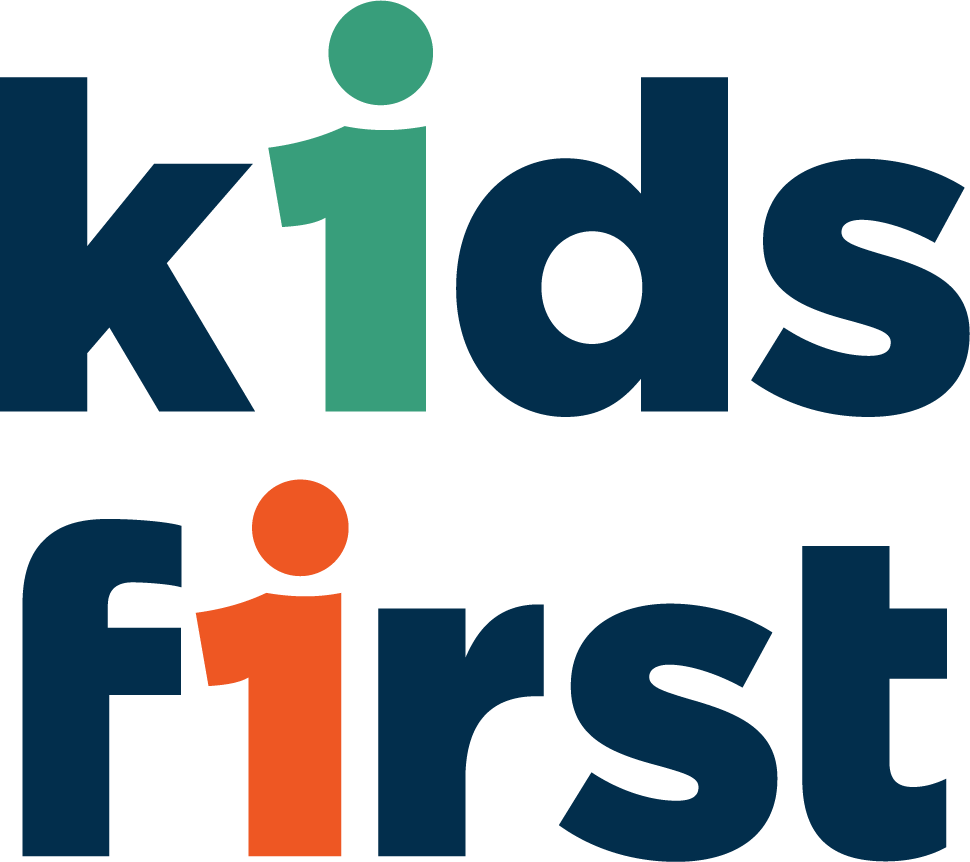Adopting a Foster Child: Rewards and Challenges
Adopting a child is a huge responsibility and an enormous undertaking because you are thinking about making permanent changes to both your family and the family and life of a child who you may not even know yet.The choice to adopt a child also involves a willingness to endure trying situations and put the needs of the child ahead of your own.
Children in Foster Care are Waiting to be Adopted
Adopting a Foster Child: Rewards and Challenges - Fort Worth, TX
In Texas, thousands of children are currently in foster care and waiting to be adopted. Most of these kids have experienced traumatic events resulting in the loss of their parents’ parental rights. Adopting a child from the foster care system involves a process, just like anything else.There are a few options available to you and your family in terms of adopting a child. The first would be to serve as foster-to-adopt parents. In a CPS case, you would act as the child’s foster parent and work to reunite the child with their family. If the child’s best interests are not served by reunification, you would then be able to adopt themAnother is to obtain a state license to be an adoptive parent without fostering. This means that you would only be qualified to adopt a child after the termination of the parent’s parental rights. For this reason, becoming a foster-to-adopt parent may be a better choice because you would be able to establish a relationship with the child sooner and use that time as justification for a long-term placement and formal adoption.
How to Adopt a Child in Texas?
Attending an informational meeting hosted by an adoption agency is the first step in adopting a child in Texas.To begin with, to become an adoptive parent:
You must be at least 21 years old.
Have a stable job and a commitment to being a responsible adult.
Both relatives and non-relatives must be able to serve as references for the state.
If you are married, you must present your marriage license.
Consent to having a home study done. The state will want to make sure that your home is a safe place for children.
Undergo a criminal history background check and a CPS background check, to determine if you have ever been a part of a Child Protective Services case.
The next step in the procedure is for you to go to various training seminars so you can learn valuable details about adoption and the obstacles you might face when trying to become an adoptive parent. They cover important subjects like how to administer medication to children with behavioral problems and learn the basics of CPR and first aid.You can apply to become a licensed prospective adoptive parent once you have completed these steps in the process.
Can You Choose Which Child to Adopt?
The answer is that you can set guidelines for the kind of child you would feel most comfortable raising. It’s possible to specify the age, gender and number of children in a family. You can stipulate in your application whether or not you would want to parent a child with autism or any other behavioral issues.Remember that it could be challenging to place a child to live with you if your parenting guidelines are too rigid.If you are granted the right to adopt a child, documents must be signed with the state before any court proceedings can begin. As a result of the court appearance, the adoption will be legally finalized and you will be granted all parental responsibilities and rights.
Kids First Can Help You Through Your Adoption Journey
Ready to start talking about adopting? Contact us today to start the process. We'll be with you each step of the way.


